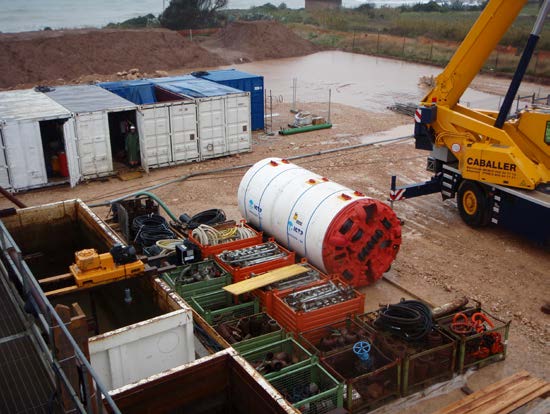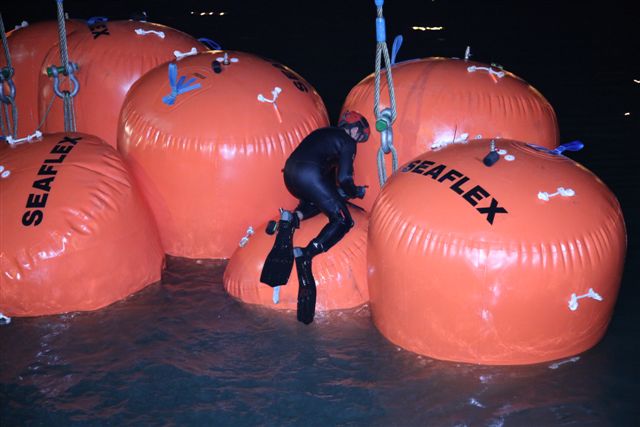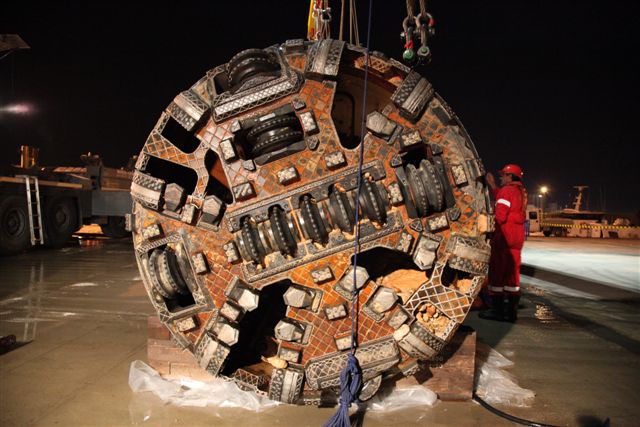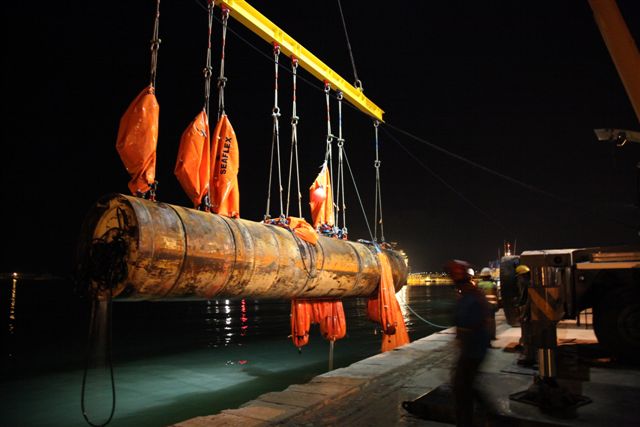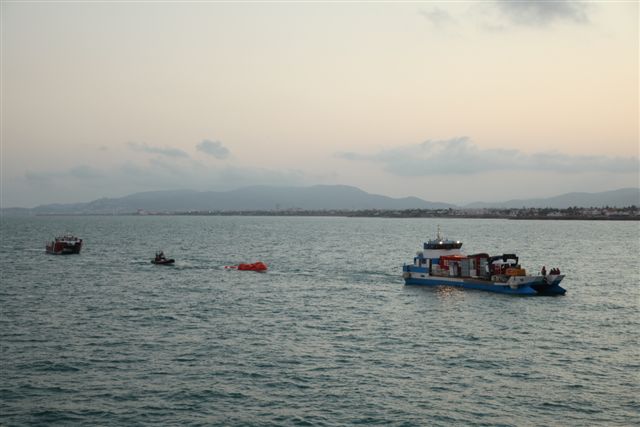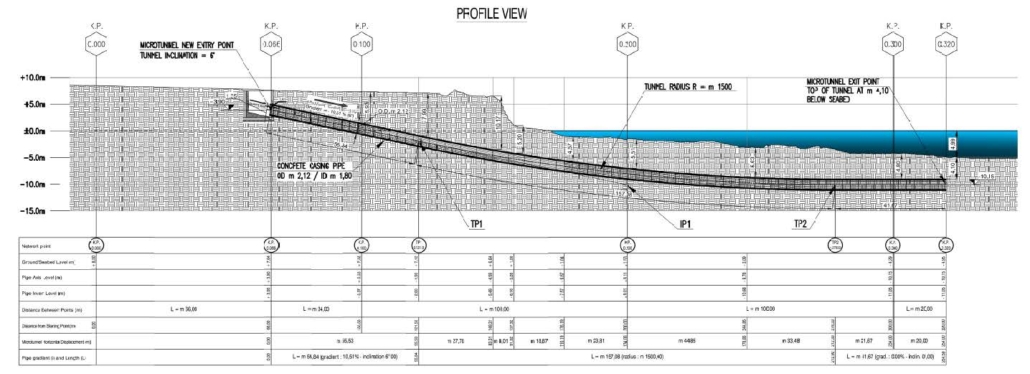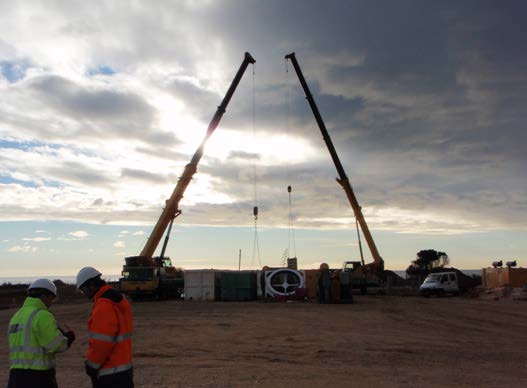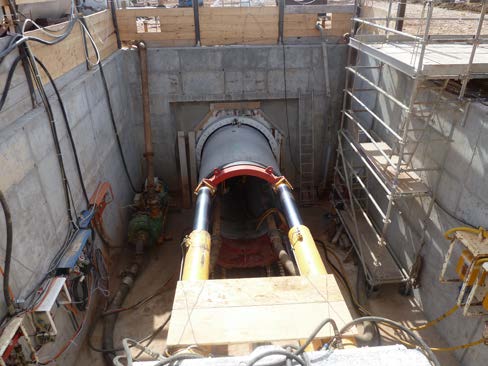Microtunneling e Direct Pipe
1247 – Vinaros (Spain)
Works:
Construction of a sea outfall microtunnelling in Vinaròs area (Spain) as part of the works for the Castor Underground gas storage project.
Customer:
Saipem –Sucursal en Espana S.p.A.
Period of Execution:
Dicembre 2010 – Gennaio 2012
Works Amount:
€ 1.397.920,00
Description
ACS, and group company COBRA Instalaciones y Servicios S.A. has been awarded by the Client (ESCAL UGS) to carry out the execution of the Engineering, Procurement and Construction (EPC) Contract for the CASTOR Underground Gas Storage Development Project. ESCAL plans to re-develop the abandoned Amposta reservoir as the CASTOR Underground Gas Storage development (UGS) to provide stability and back-up to the gas supplies for the Mediterranean Axis of Spain in periods of high demand.
The UGS facilities consists of the Wellhead Platform (WHP) bridge linked to the Process, Utilities and living Quarters platform (PUQ), the Onshore Operations Plant (OOP) and a connecting pipeline.
The 30” gas pipeline has an offshore section approximately 22km long and an onshore section approximately 8.5km long. It is used to transport dehydrated gas from the offshore platform complex to OOP or from OOP to the offshore reservoir. All pipelines are buried.
SAIPEM has been awarded works which are limited to the following elements of the overall project:
- One 30 inch nominal diameter offshore pipeline from the landfall in mainland Spain at Vinaròs to the base-of-riser at the PUQ platform offshore, including the SSIV structure and its associated umbilical to PUQ Hydraulic Power Unit (HPU) (approx. 22 km long).
- One Fibre Optic Cable between a junction box in the Block Valve Station (BVS) at the landfall and a junction box close to the J-tube top on the PUQ (approx. 22 km long).
The scope of works of ICOP has been the preparation of site compound, the execution of the starting shaft, the microtunnelling works, the subsea recovery, the grouting of the microtunnel and finally the reinstatement of site compound. The most challenging conditions encountered were the variable ground
conditions, going from loose soil to compact rocky conglomerates, and the grouting activities to be executed with part of the tunnel full of sea water to
be displaced by a special grouting mixture.

